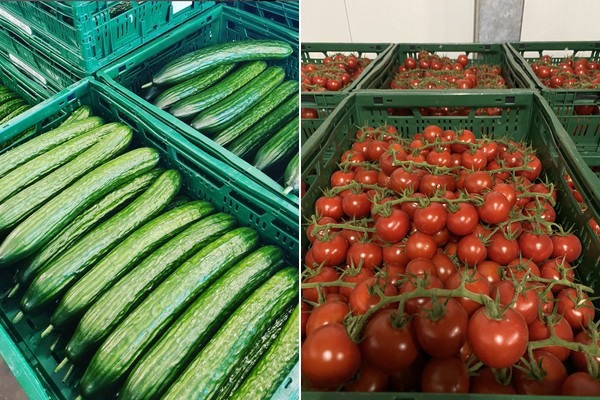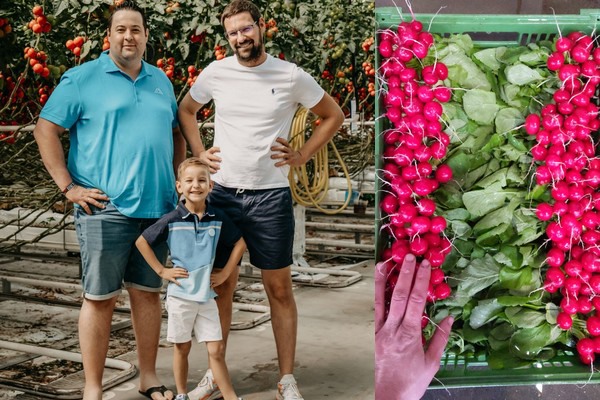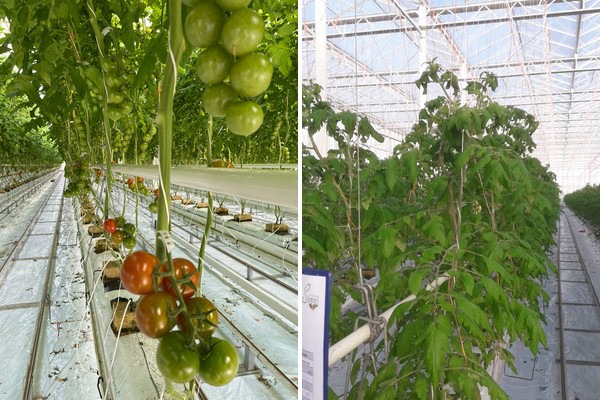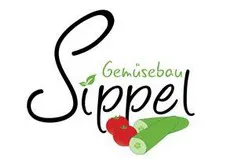In week 8, the first mini and snake cucumbers were harvested in the glasshouse of Sippel company in Nuremberg's Knoblauchsland. "The gas prices have tripled in some cases, which led us to plant our crops a bit later. The same applies to our tomatoes, which we only planted in week 4 instead of weeks 1/2. However, it's also worth mentioning that January is the month with the least sunlight. So, planting earlier doesn't necessarily pay off," explains vegetable gardener Willi Sippel from experience. "The upcoming March will be decisive in this regard. Compared to the normal season progression, there's now a delay of one to two weeks, but we can quickly catch up with good, sunny weather. Therefore, the relatively warm February was quite advantageous for greenhouse cultivation, especially in terms of energy."

Sippel's operation grows, among other things, cucumbers and vine tomatoes on 2.5 ha of greenhouse space.
The first cucumbers of the season are so-called main crop fruits, Sippel continues. These are somewhat lighter in weight (about 350-400 grams) but are accepted due to the high demand for the first local cucumbers, both from retailers and wholesalers. According to Sippel, the price situation could be somewhat better. "Last year, due to high energy prices, there was less produce from the Netherlands, which was reflected in a high price level. This year's season start, on the other hand, is characterized by supply pressure from Spain and the Netherlands, which accordingly affects the prices." Overall, prices are 40-50 cents per piece below last year's level.
Willi Sippel (r) now leads the eponymous vegetable cultivation business in its 7th generation.
Switch to HR tomato varieties
In total, Sippel's operation produces vine and cherry tomatoes on 1.5 hectares and cucumbers on one hectare. "At the start of the new season, we completely switched to Tobrfv-resistant tomato varieties, as the risk was too great for me, both from a gardening and entrepreneurial perspective. We haven't seen or handled the HR varieties and, therefore, don't know how they will react to weather influences and water settings. So, an exciting season lies ahead," says Sippel, who expects the first tomatoes of this season around April 10th.

In addition to the modern 2.5ha greenhouse, the family business has an old facility, where mainly lamb's lettuce, radishes, and, in summer, pickling cucumbers are produced. Sippel: "We sowed our radishes in December and are now starting the harvest in batches. Beginning in April, we will seamlessly transition to the first open-field produce. We harvested and marketed the lamb's lettuce until Christmas, and around Easter, there will be the first open-field produce available."

Inside the tomato greenhouse
Images: Gemüsebau Sippel GbR
For more information:
Willi Sippel
Gemüsebau Sippel GbR
Höfleser Hauptstraße 88
90427 Nürnberg
Tel.: 0911/30700750
Fax: 0911/30700755
Email: willi.sippel@gemuesebau-sippel.de
www.gemuesebau-sippel.de
